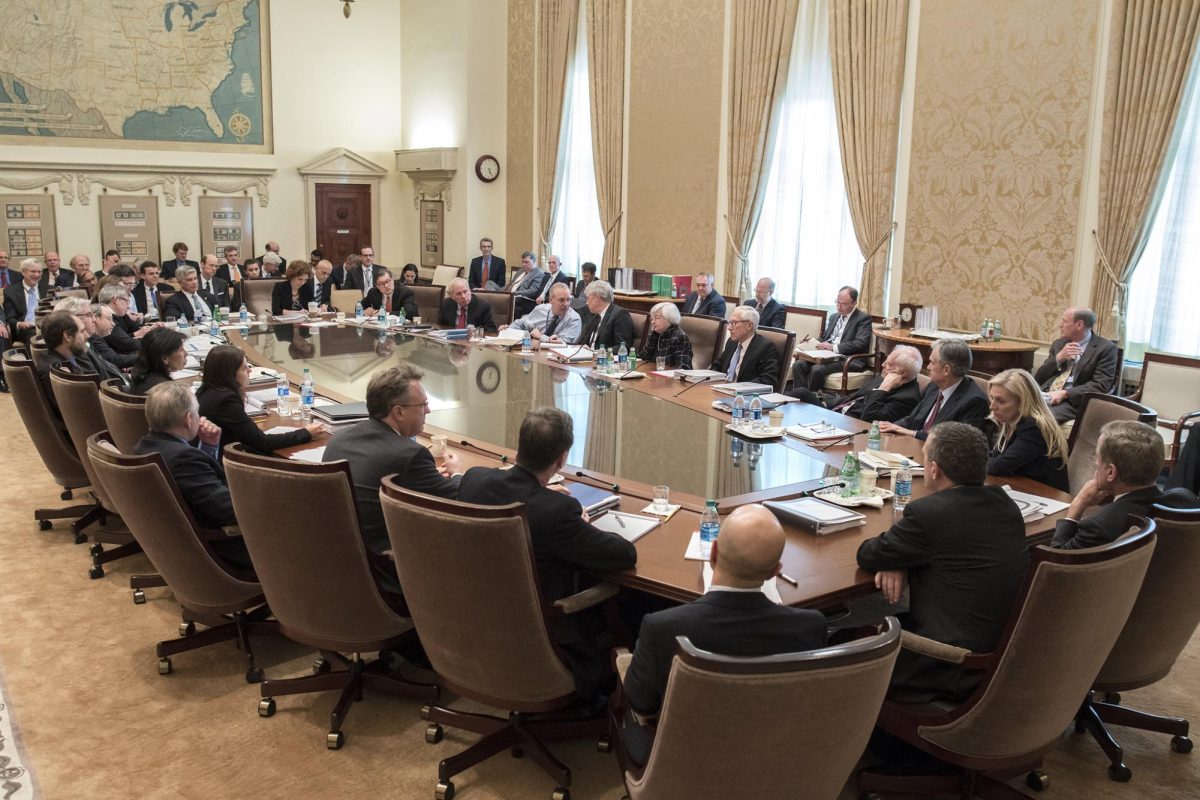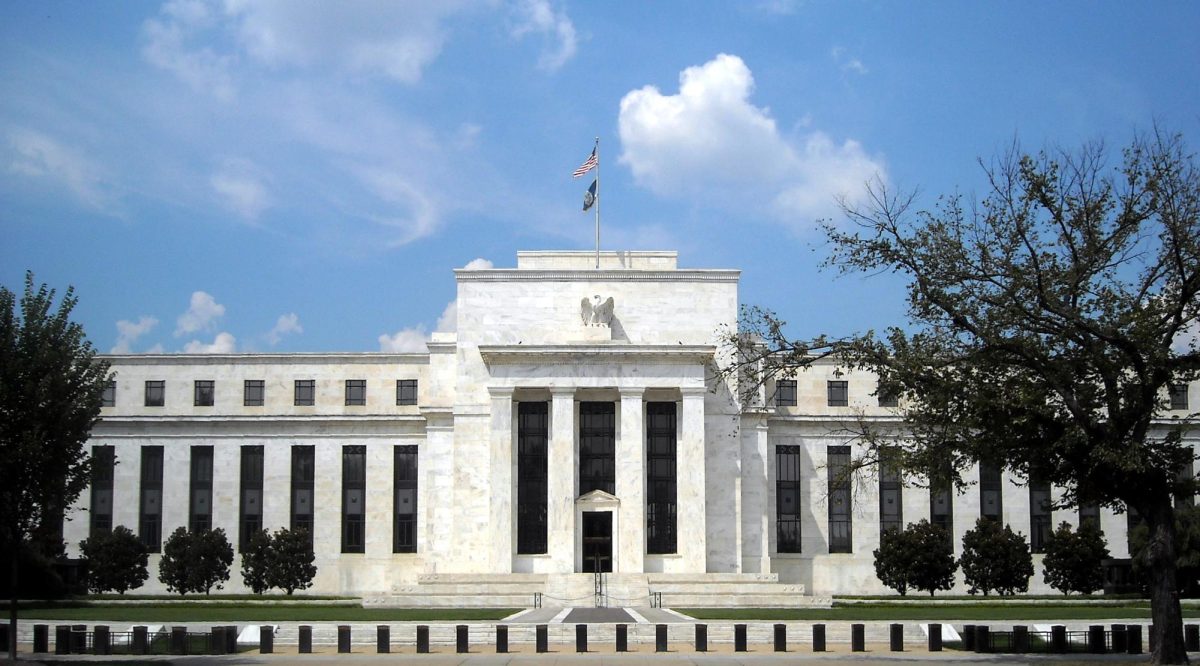The Federal Reserve’s recent decision to keep policy rates unchanged during its May meeting marks the sixth consequent month it chose to hold rates steady on May 1.
With the overnight federal funds rate held steady at 5.25% to 5.5%, the Fed’s stance remains cautiously restrictive, reflecting Fed Chair Jerome Powell’s acknowledgement of the stubborn state of inflation.
Powell, in his post-meeting remarks, acknowledged the challenges posed by the hot first-quarter inflation data, indicating a prolonged timeline for the Fed to achieve its 2% inflation target.
This recognition signals a prudent goal of the central bank, prioritizing price stability while ensuring economic expansion.
The market’s reaction to the Fed’s announcements was mixed, reflecting lingering uncertainty among investors.
On May 1, the S&P 500 and the Nasdaq composite fell around 0.3%, while the Dow Jones Industrial Average managed to eke out a small gain, closing up 0.2%. The Nasdaq had a particularly volatile day, reaching an intraday high 1.7% higher before ultimately closing lower.
One notable development from the meeting was Powell’s emphasis on the unlikelihood of a coming rate hike, suggesting a departure from previous expectations.
The pivot reflects the Fed’s evolving examination of economic conditions and underscores its commitment to data-driven decision-making.
Additionally, the Fed announced plans to slow the pace of reducing its balance sheet, starting in June. Moreover, moderating the reduction of its liquidity suggests a future with a more doveish monetary policy stance.
The reduction reduces its holdings of Treasury securities. The monthly cap will be lowered to $25 billion, down from $60 billion. This translates to an annual reduction of $300 billion, significantly less than the $720 billion pace seen since the program’s inception in June 2022.
Despite the Fed’s cautious optimism about the economy’s trajectory, uncertainties loom on the horizon.
For example, it is expected that interest rates on 30-year mortgages will stay above 7% for the foreseeable future. This highlights the burden the borrowers go through because of these economic policies. However, the good news is that savings interests remain relatively high.
Powell highlighted the uncertainty surrounding the future path of policy rates, reaffirming the Fed’s commitment to flexibility and vigilance in response to evolving economic dynamics.
Additionally, Powell mentioned strong job gains and low unemployment moving data along at a solid pace, all indicative of the economy being in a good place.
Meanwhile, economic growth in the first quarter fell short of expectations, coming in at a sluggish 1.6% annualized rate. This raises concerns about stagflation, a scenario where slow growth coincides with high inflation.
The central bank reaffirmed the Fed’s readiness to maintain current policy rates until there is greater confidence in achieving sustained inflation moderation.
The Fed continues to emphasize its dedication to boosting economic recovery while preventing inflation from spiraling out of control through a slow and steady approach. Despite concerns about inflationary pressures, indicators suggest a gradual cooling of inflation, offering cautious optimism.
The Fed’s path toward its dual mandate of controlling inflation and maximizing employment faces ongoing hurdles. While there is confidence in reaching the 2% inflation target eventually, projections suggest it might take longer than anticipated.









